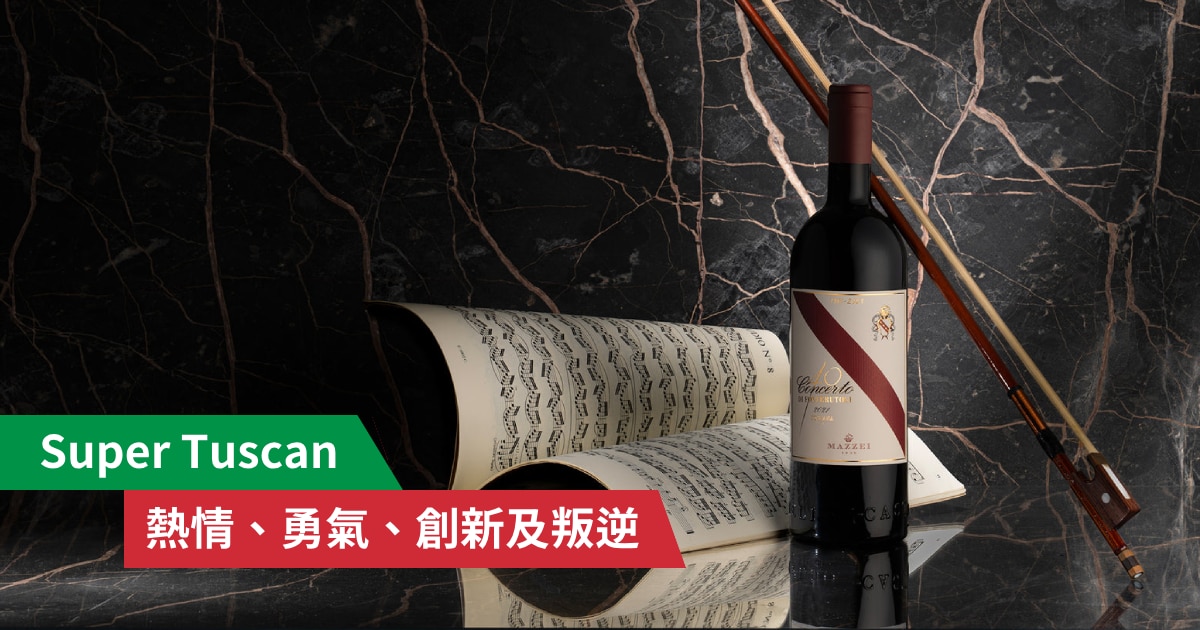Germany is a world famous white wine producer, and Riesling is regarded as the noble grape of Germany. Riesling can be made into different styles of wine, from bone dry to sticky dessert sweet. No wonder it is so popular!
Style of Riesling

The special thing of is it can be made into different styles of wine, from very dry to lusciously sweet. In addition, it can produce low-alcohol wine (which can be as low as 7.5%, which is equivalent to half the alcohol content of wine commonly seen in market today), and it is capable of producing age-worthy wines. Riesling is well-known for its complex aromas, with notes of wildflowers to honey, as well as mineral and petroleum greasy.
Germany’s Classification System
Many believe that all Rieslings are sweet, but in fact the grape contains high acidity which would balance off its sweetness. You may also find the level of sweetness from the wine label by Prädikatswein classification system. The system categorises different degree of sweetness as Kabinett, Spatlese, Auslese, Beerenauslese, and, the sweetest, Trockenbeerenauslese, made from grapes which have been heavily affected by noble rot.
It is worth mentioning that one of the special levels Eiswein, which refers to wine made from grapes picked late in the year when they are literally freezing on the vine. These grapes usually have concentrated sugar level.

Riesling Food Pairing

Riesling’s sweetness and acidity make it the perfect accompaniment to spicy food, especially Asian cuisines like Kung Pao Chicken and Thai Curry. Fruity Riesling also goes well with seafood like shrimps, crabs, clams and fish, enhance their freshness without overpowering them. The minerality in the palate of the wine offers more complexity to the overall dish while the crisp acidity finish can ease the fattiness.



 Same Day Pick-up
Same Day Pick-up























